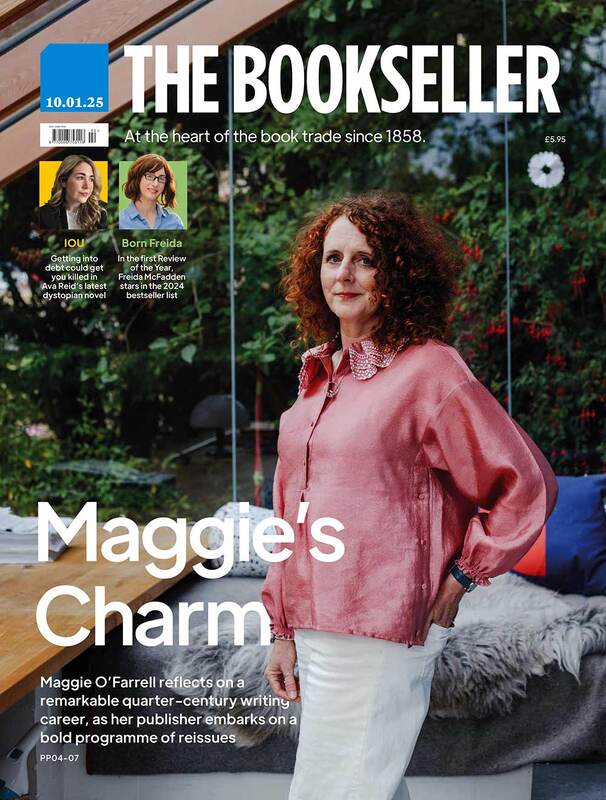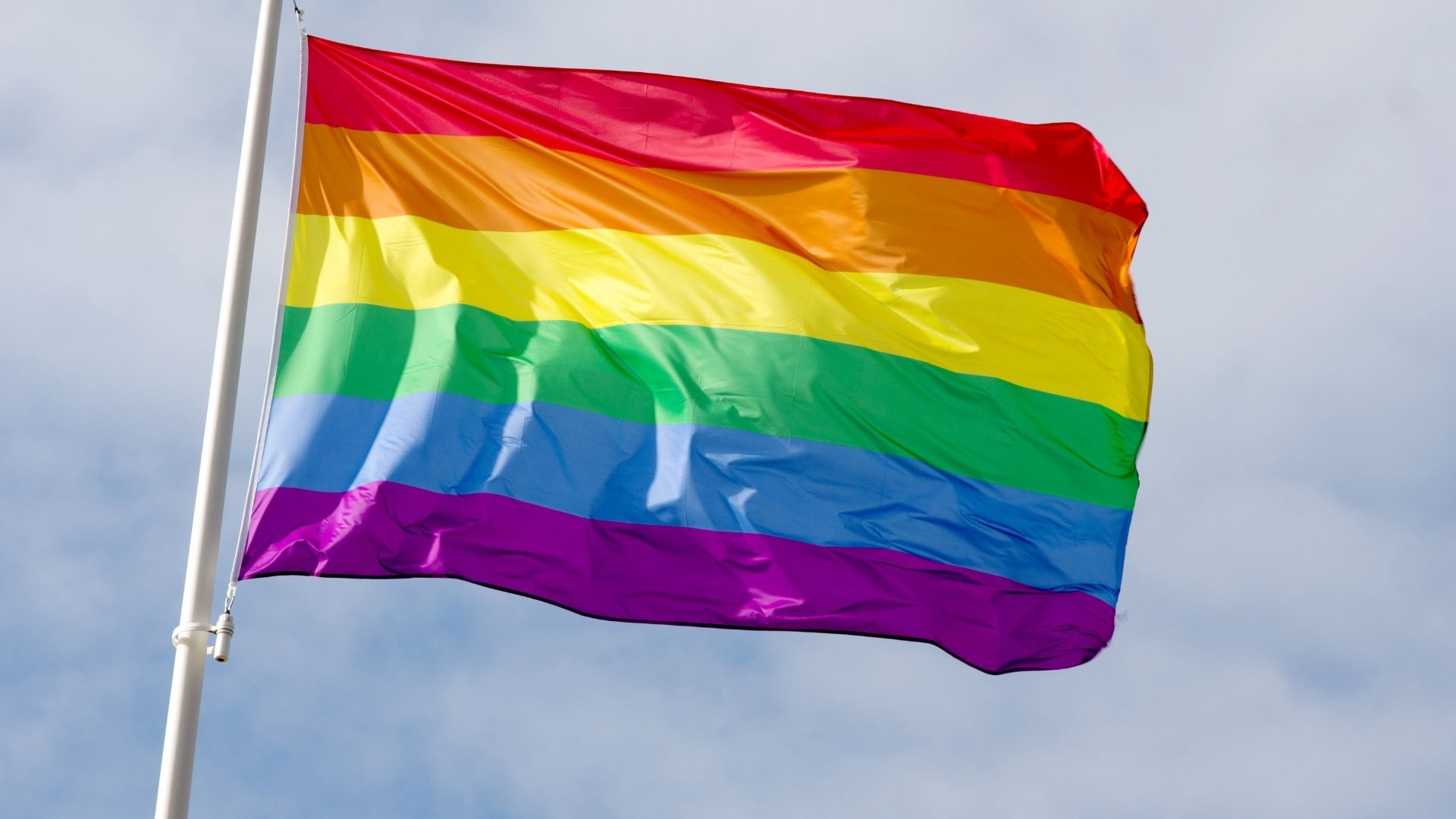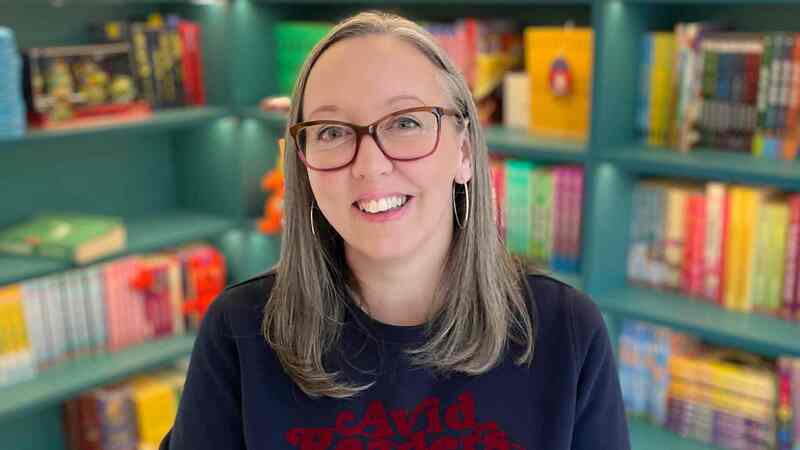You are viewing your 1 free article this month. Login to read more articles.
Pride and prejudice
As Pride month launches, there’s a lot to celebrate about LBGTQIA+ publishing, but we need to keep pushing for more.
Growing up bisexual in the 90s, the shadow of Section 28 cast a long shadow of misunderstanding, institutionalised homophobia, and a dire lack of resources and support. An avid book reader then as now, I found almost zero representation in literature. My queer literary education went as far as chasing a rumour of lesbianism through the pages of The Well of Loneliness, reading the sexy bits of Winterson’s Written on the Body to the point of obsession, and poring over Emma Donoghue’s Stir Fry with fascination. This was the environment in which, as a teen, I only told one other person that I fancied girls as well as boys. When I had my first relationship with a woman in my early 20s, I kept it entirely secret.
Now in my 40s, belatedly confident in and vocal about my sexuality (despite and in spite of the continued existence of bi erasure and biphobia), I am guzzling up queer stories on screen and on the page, making up for lost time. There are new publications every week, more than I can keep up with, and it is thrilling.
As publishing wakes up and becomes more inclusive, it’s a moment to foster and invest in true intersectionality – across race, age, class and neurodiversity – and to champion stories and non-fiction across the gorgeous breadth of experience and lifestyle that the ever-expanding acronym LGBTQIA+ contains.
As an industry we must celebrate this opening up and – of late – the platforming of queer joy. It is a great gift to young readers to find themselves on the page in an optimistic and empowering way, and to open up conversations that foster understanding and – I hold on to the hope – empathy.
We’re doing well and we have of course come a long way since the 90s, but we can do better. We have not yet moved to a position where LGBTQIA+ stories are no longer labelled niche and where we are publishing in a truly broad and intersectional way. I would love to see LGBTQIA+ publishing move more and more into the nuances of these identities and away from the broad brush strokes of being queer.
As publishing wakes up and becomes more inclusive, it’s a moment to foster and invest in true intersectionality – across race, age, class and neurodiversity – and to champion stories and non-fiction across the gorgeous breadth of experience and lifestyle that the ever-expanding acronym LGBTQIA+ contains.
My hope is that as we open up the true potential breadth of LGBTQIA+ publishing, we do so in a way that centres the power of this collective acronym and this community when it stands together in mutual support, whilst also allowing and respecting the different identities contained within each of these letters.
Let’s also see more incidental diversity. More stories centring queer characters that are read by straight readers too, in the way that queer readers have had to read straight characters’ stories for years for want of anything else.
And let’s be careful not to be too strident in what we tell queer authors to write. Because there is still much to unpack and discuss, and it isn’t all joyful. We have a right to our hidden histories and forgotten figures. An aspect of this is the need for more allies within the industry, inclusion across departments, and a trust that writers from these backgrounds know their audiences better than straight gatekeepers do.
We’re seeing some wonderful imports that reach us once they have proven themselves in home markets – from America in particular – but it’s time to centre and nurture more homegrown talent. My hope is that the success of Heartstopper will fuel a surge in investment in UK-based talent, and a willingness to take risks and platform new voices across all genres.
We will see an explosion of corporate support during Pride month, and it gives us a moment of focus to reflect on where the industry is still failing the LGBTQIA+ community. This week alone I have witnessed biphobic and transphobic attacks on authors and publishing professionals, and we need to face up to and reckon with the message that this sends to those members of our community working within the industry and those thinking of entering it. Just as there is no place for homophobia within this industry, we must not tolerate, platform or turn a blind eye to transphobia. Whilst we trade in freedom of speech, we must also be alert to the real danger of hate speech. As I watch the assault on trans rights, both politically and within the industry, it is clear to me that it stems from the same policing of people’s bodies and hearts that has targeted the wider queer community across decades.
Every person’s experience is individual to them and the world is – too slowly – becoming more accepting of the wonderful spectrum of human sexuality. Teenage me would be gobsmacked to be able to find a section on bisexuality within an entire bookshop of LGBTQIA+ writing, of which the UK now proudly boasts several. As we continue to fill those shelves, and find new readers, let’s commit to being tolerant and respectful of those whose lived experience is not the same as our own. Let’s keep nurturing talent and populating those shelves with ever more diverse stories.
At TGLA, we are always open to submissions from LGBTQIA+ writers. For Pride month, we are offering special Submission Package Reviews to six randomly selected writers. A SPR from TGLA is a 1,000-1,500 word report on the three main elements of an author’s submission – pitch, synopsis or proposal, and sample chapters.

















